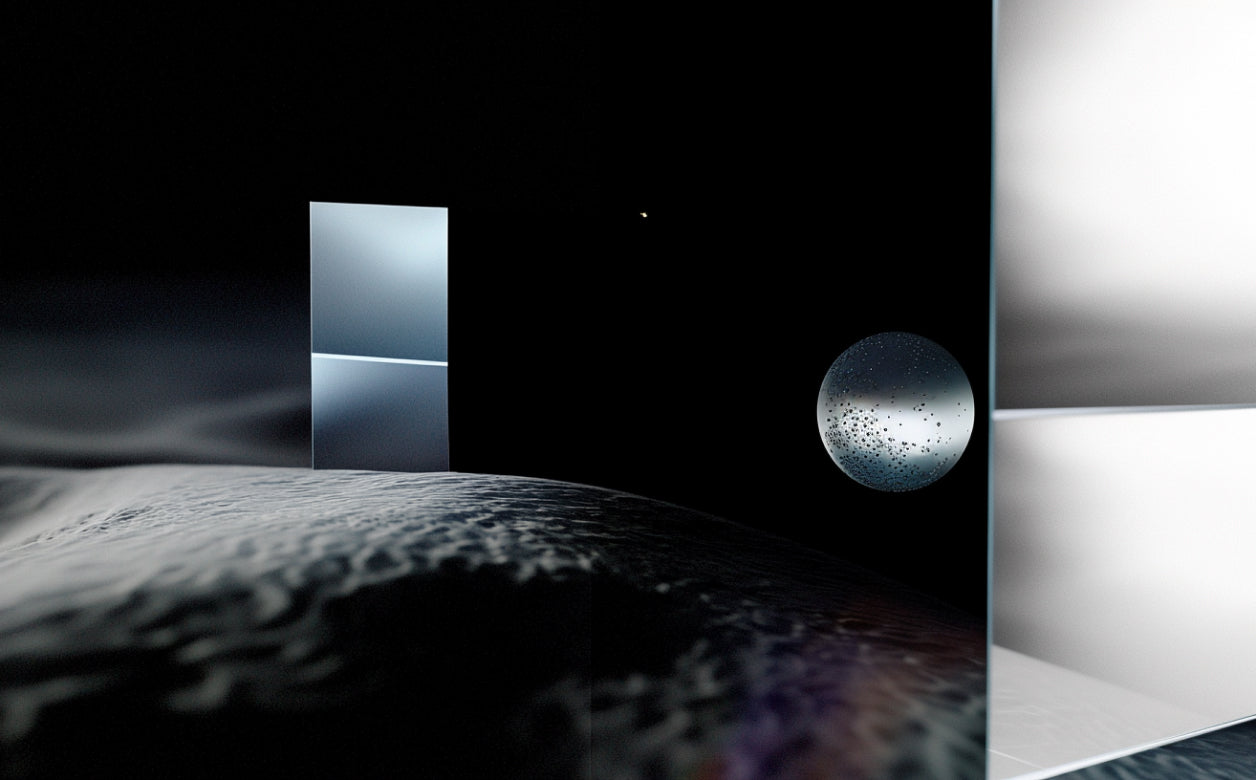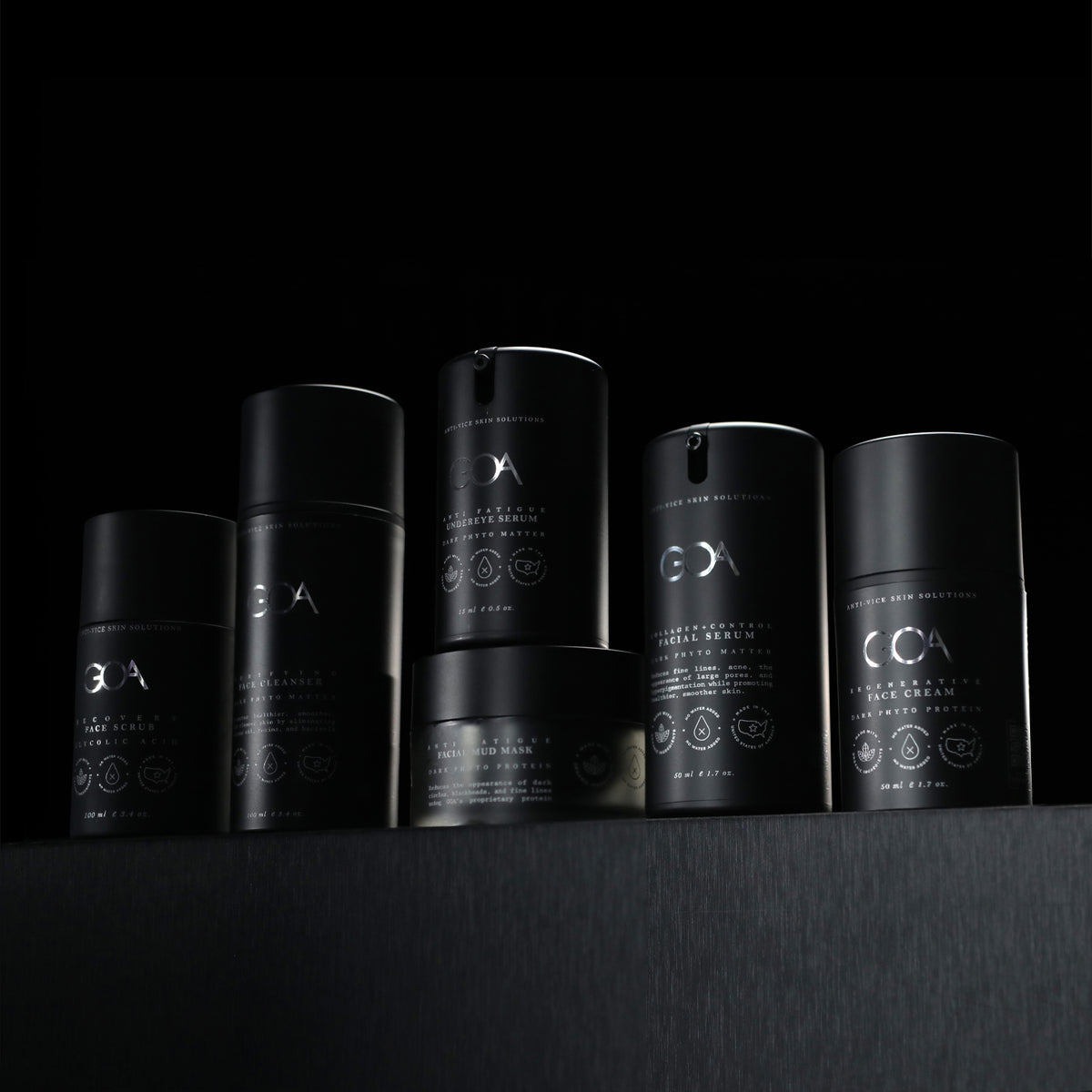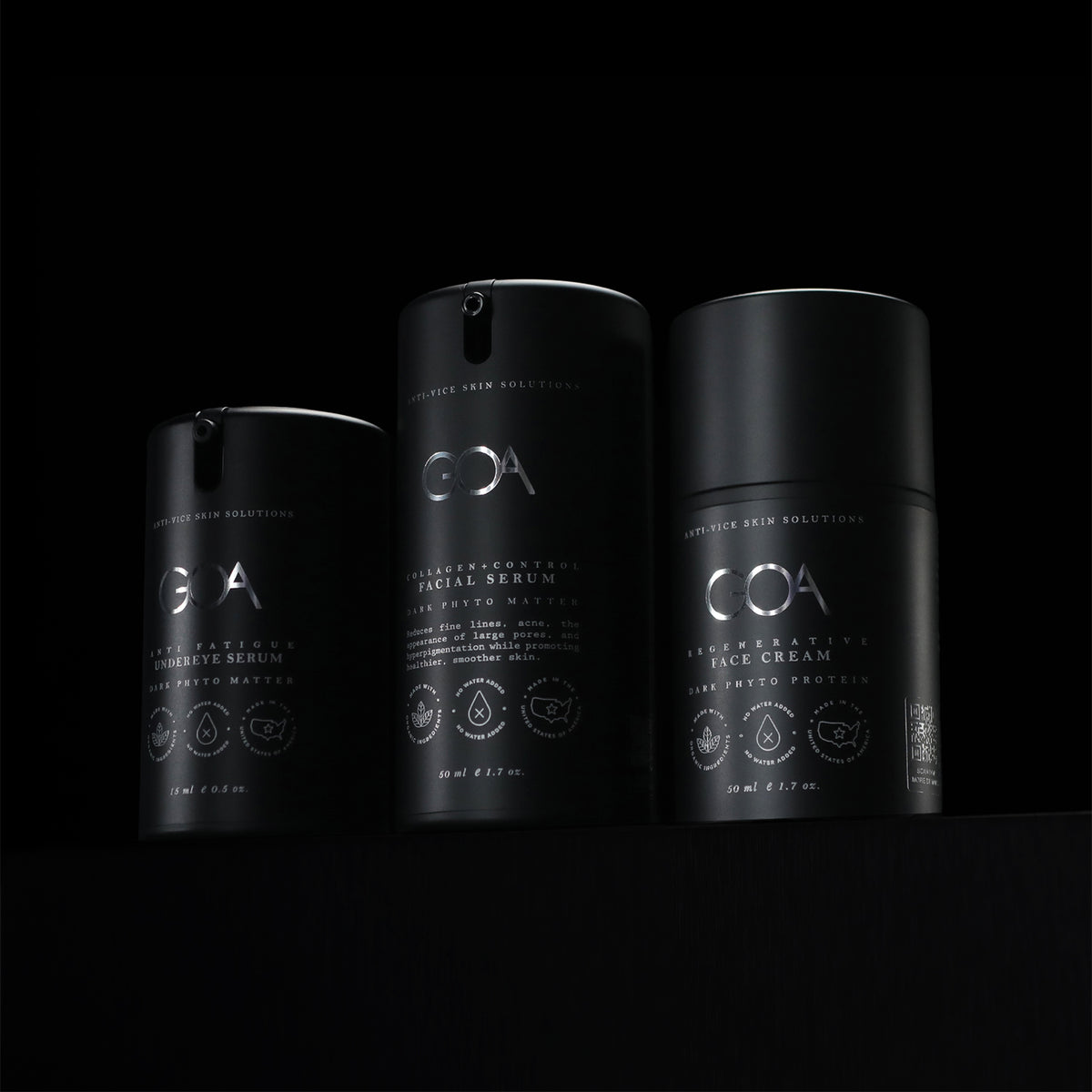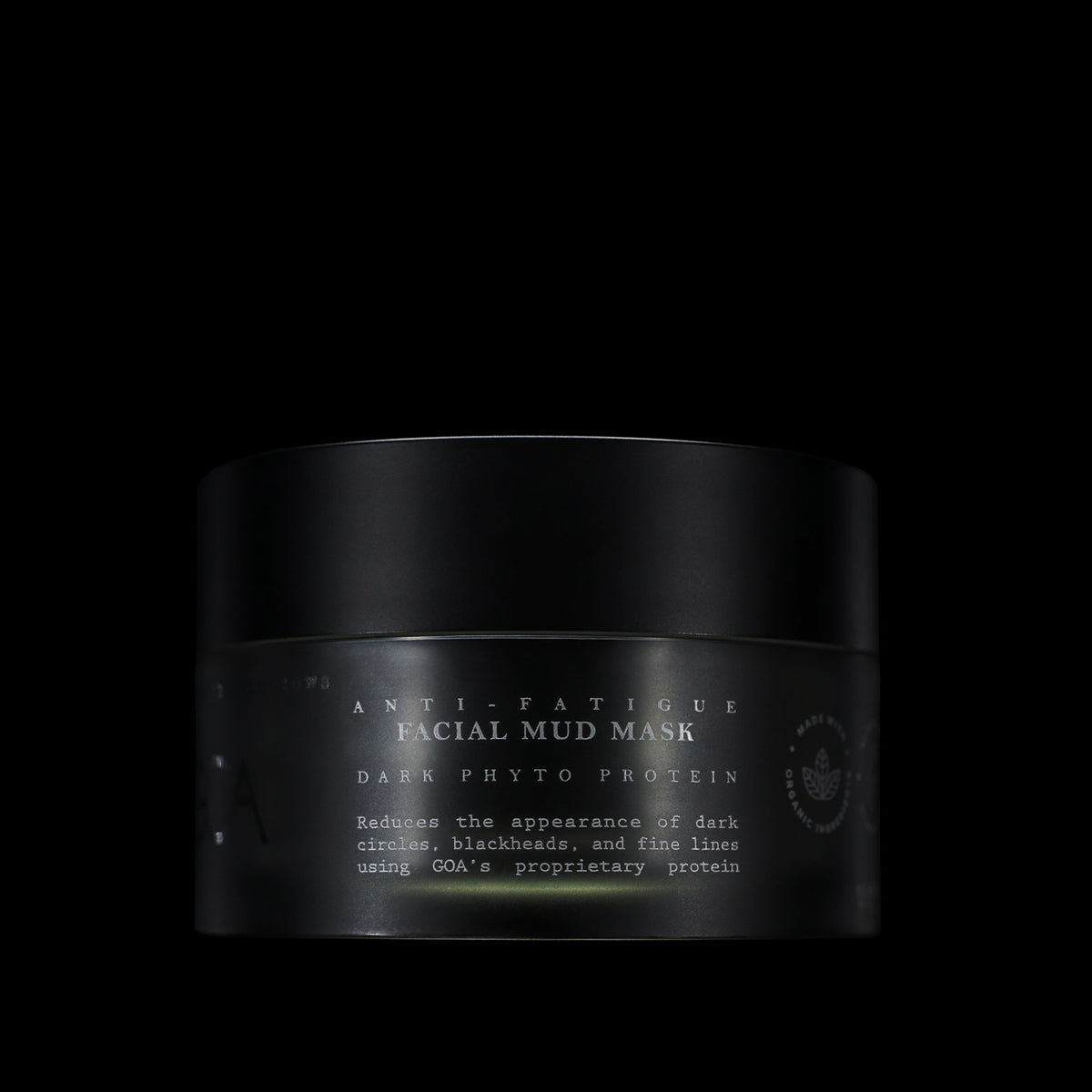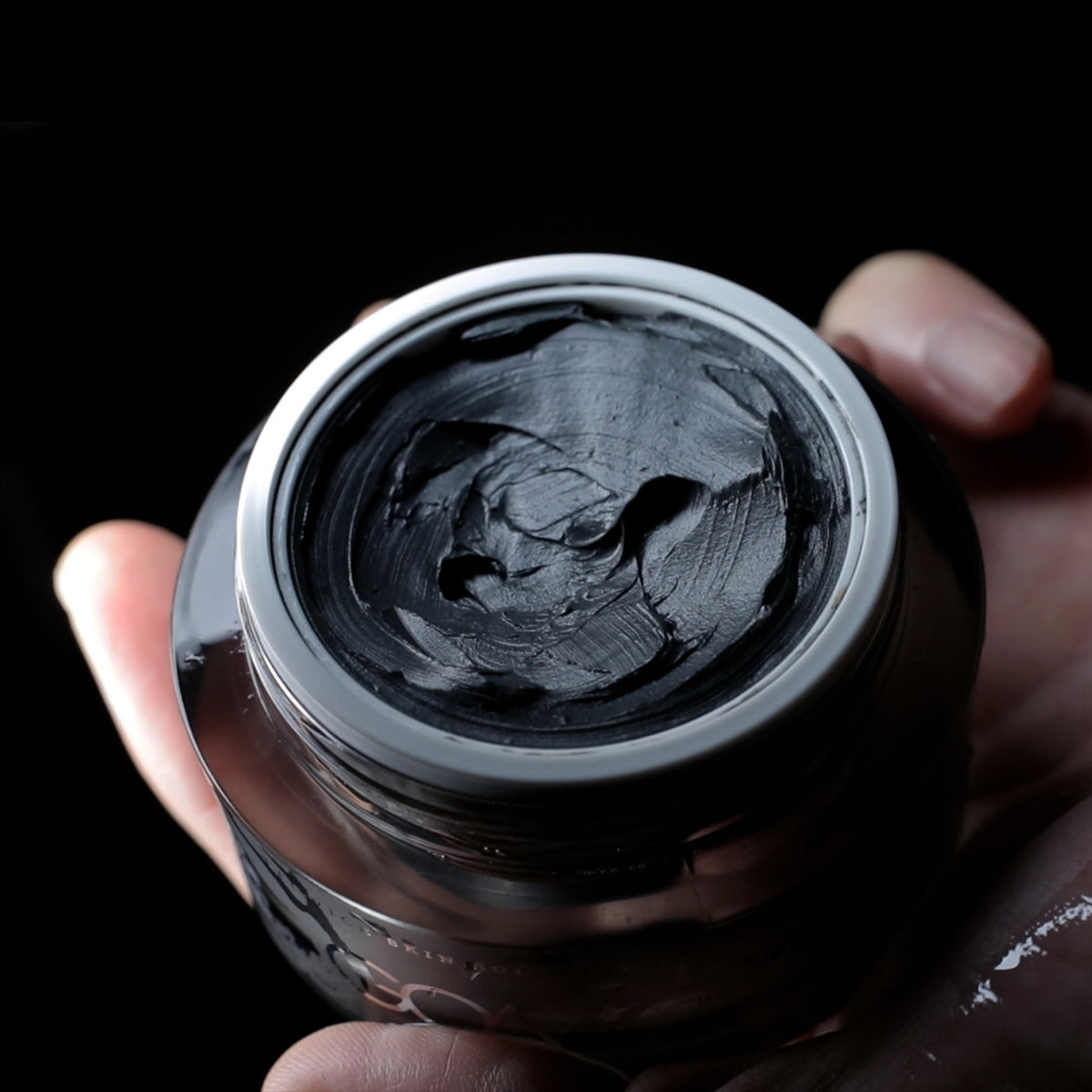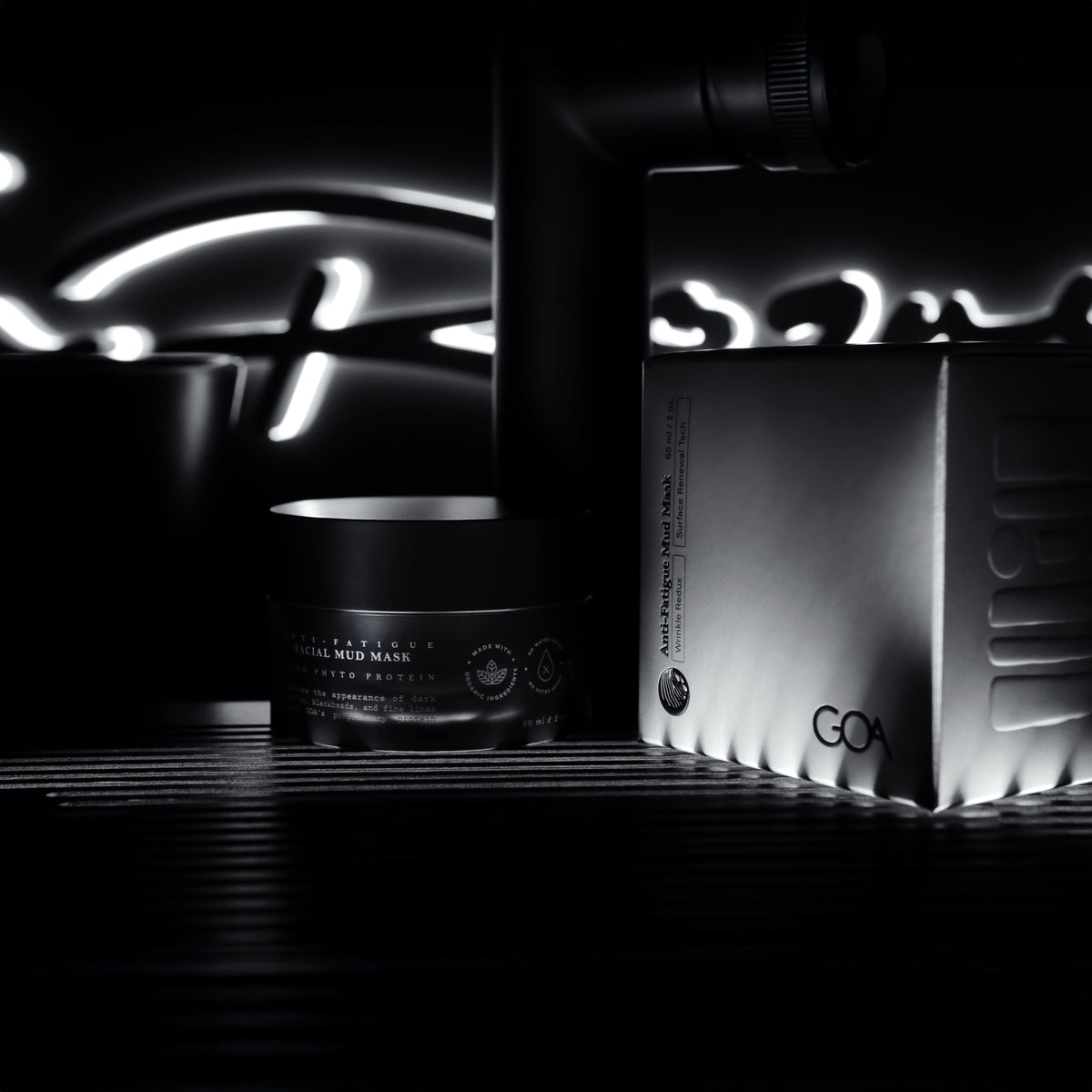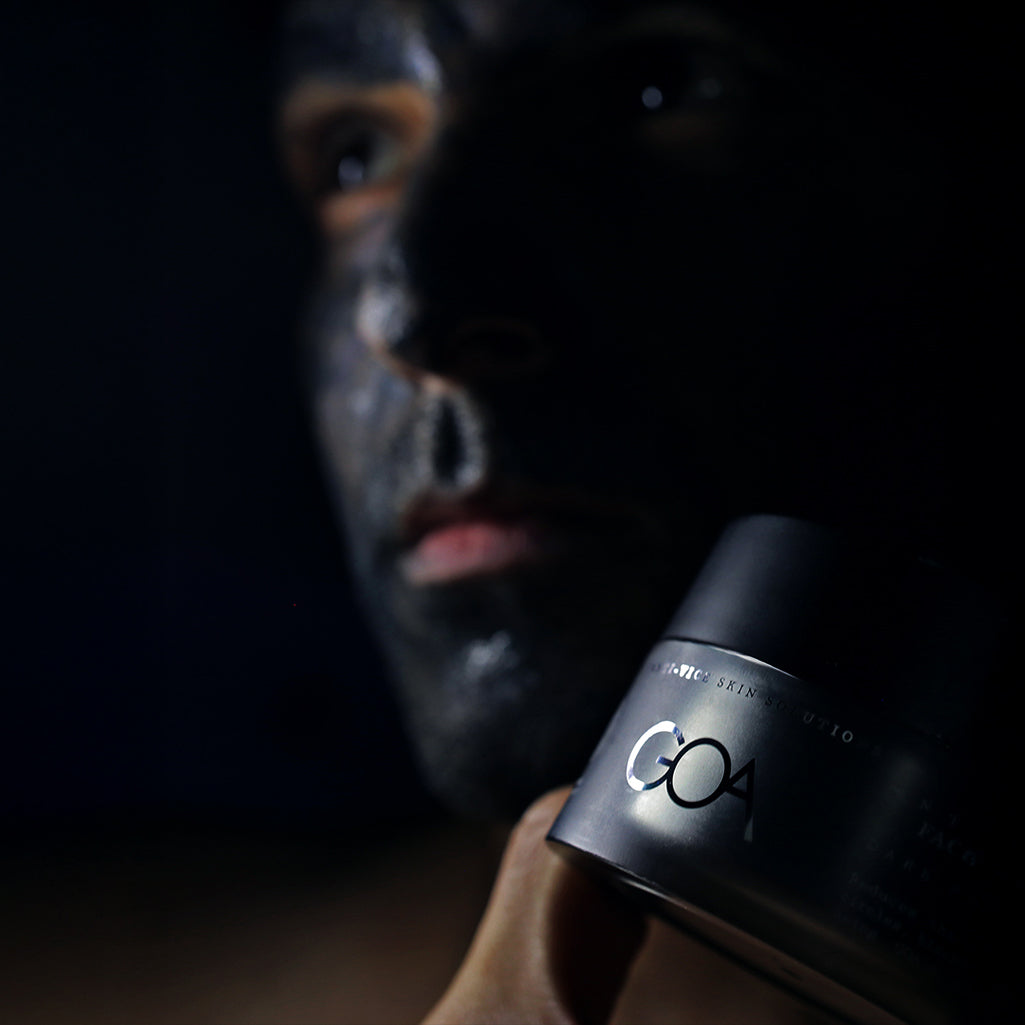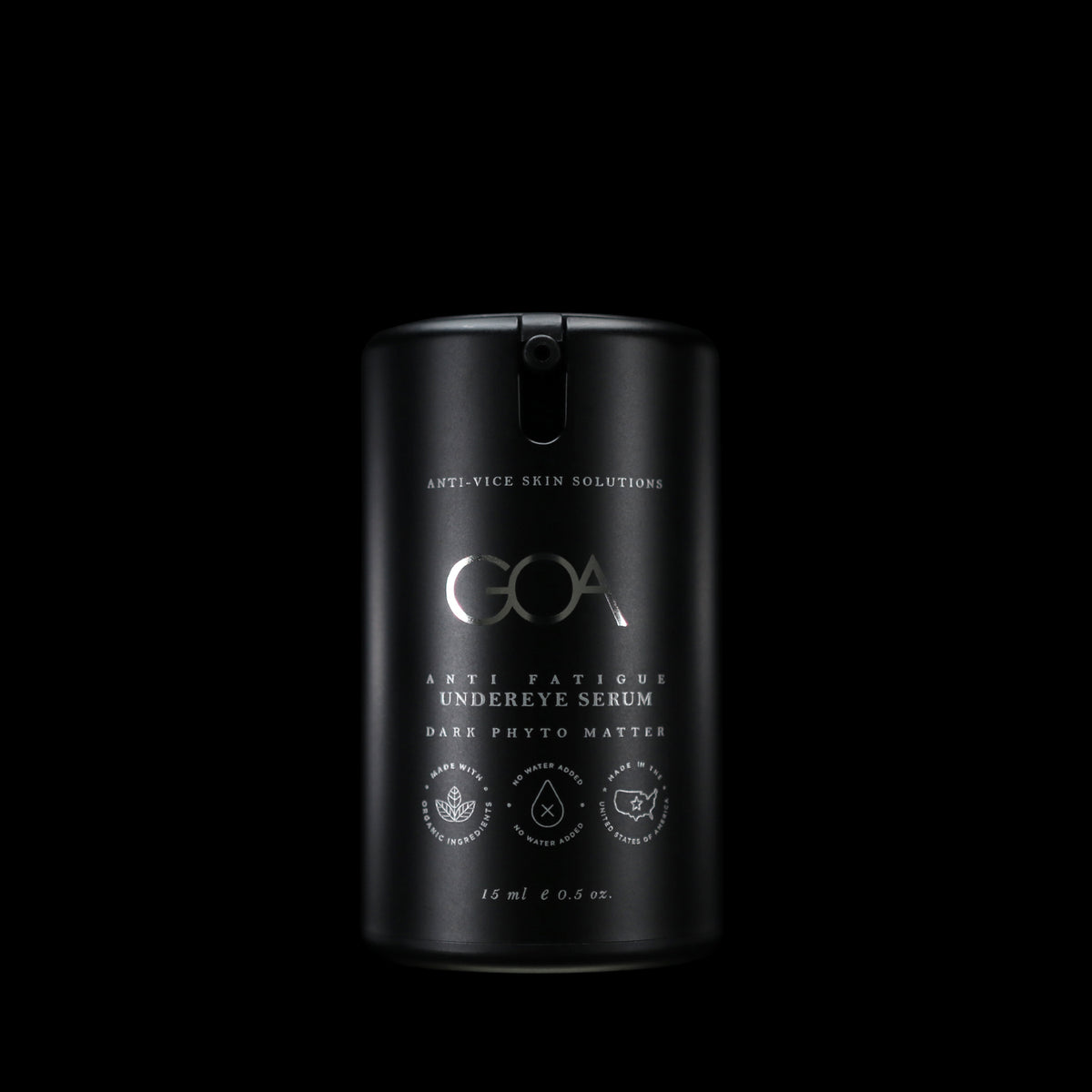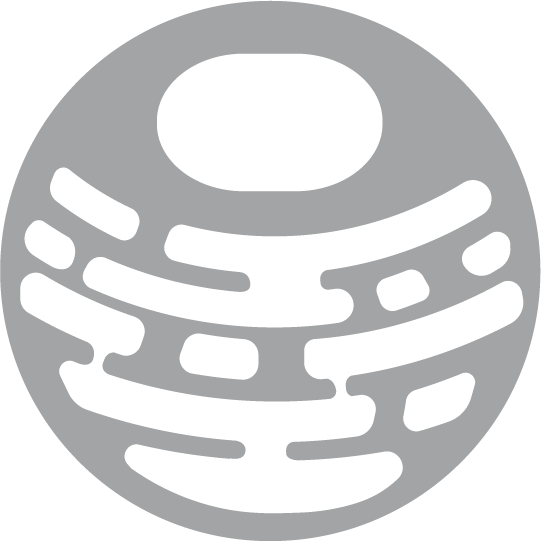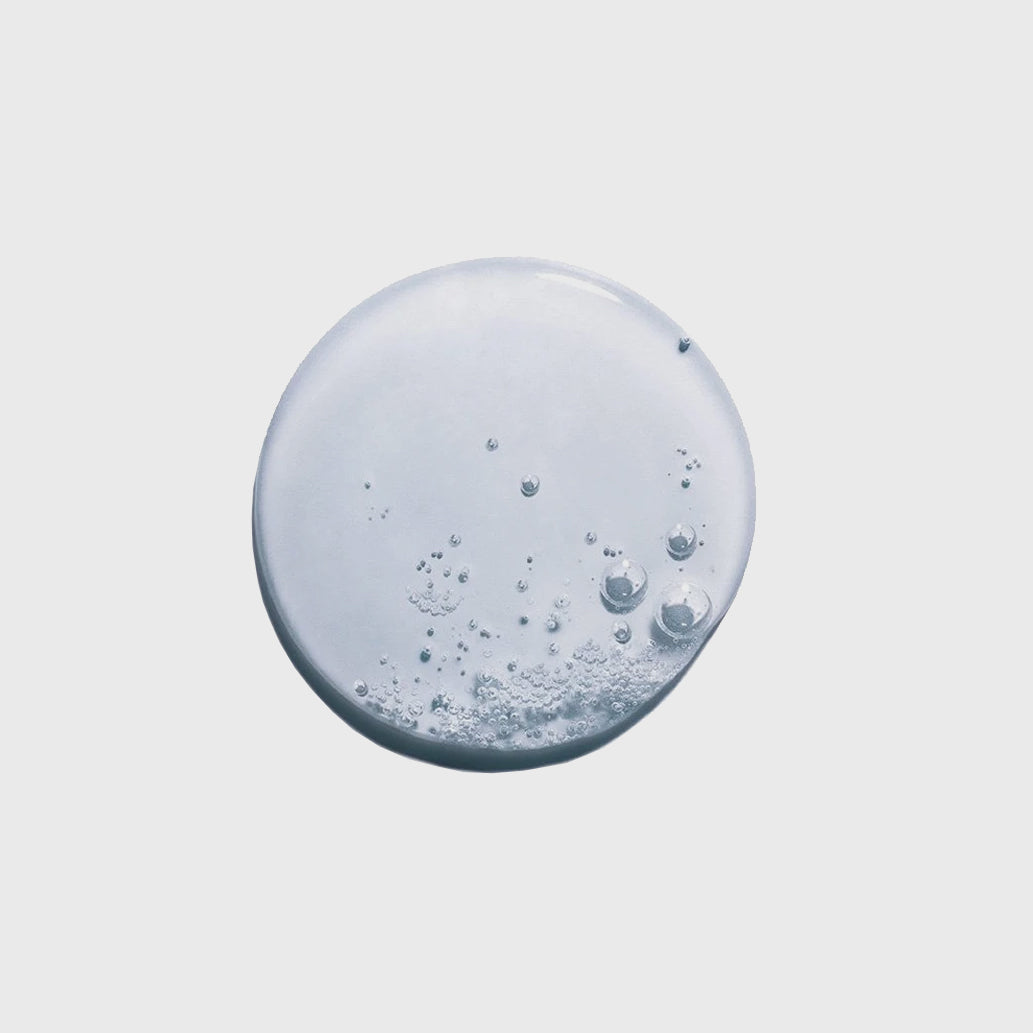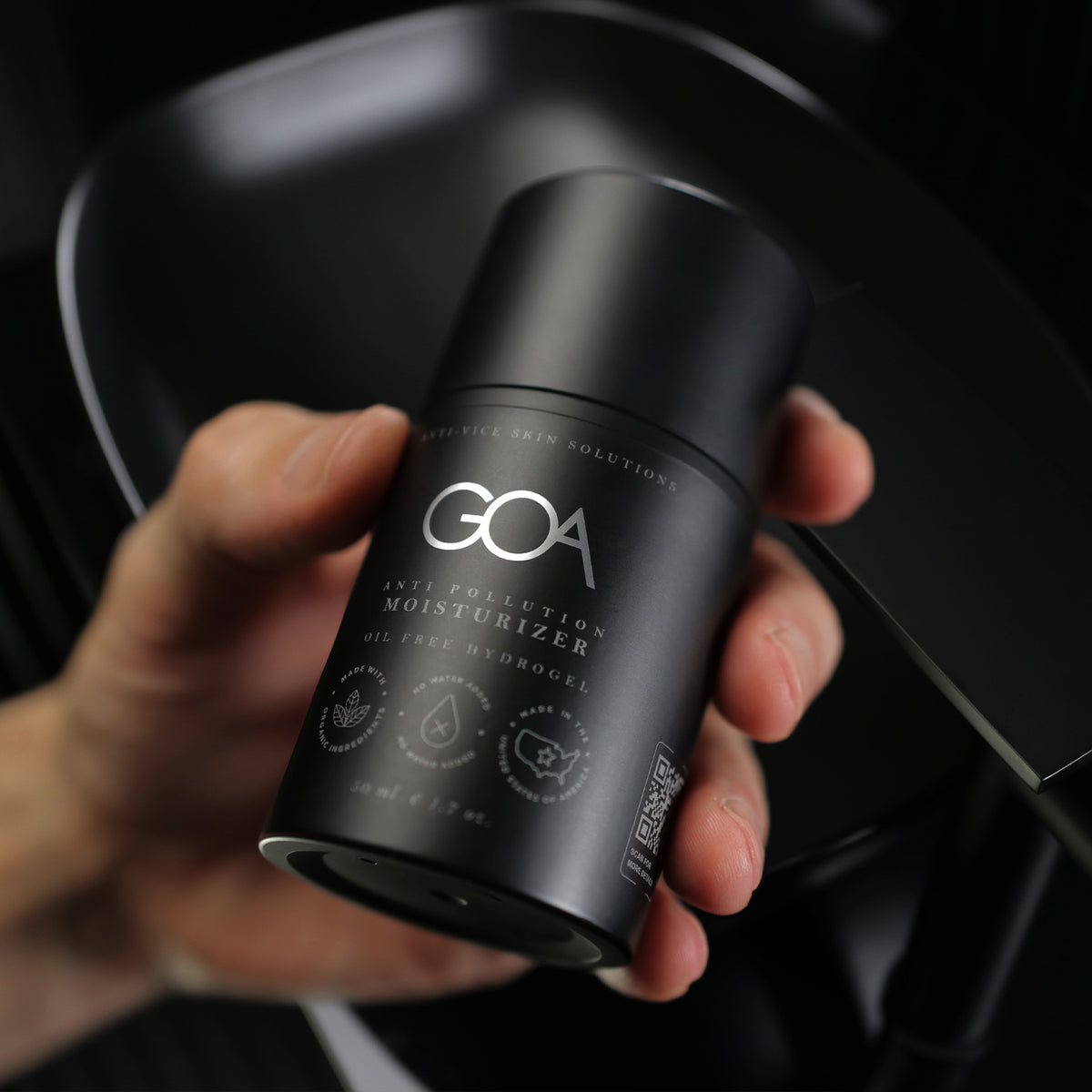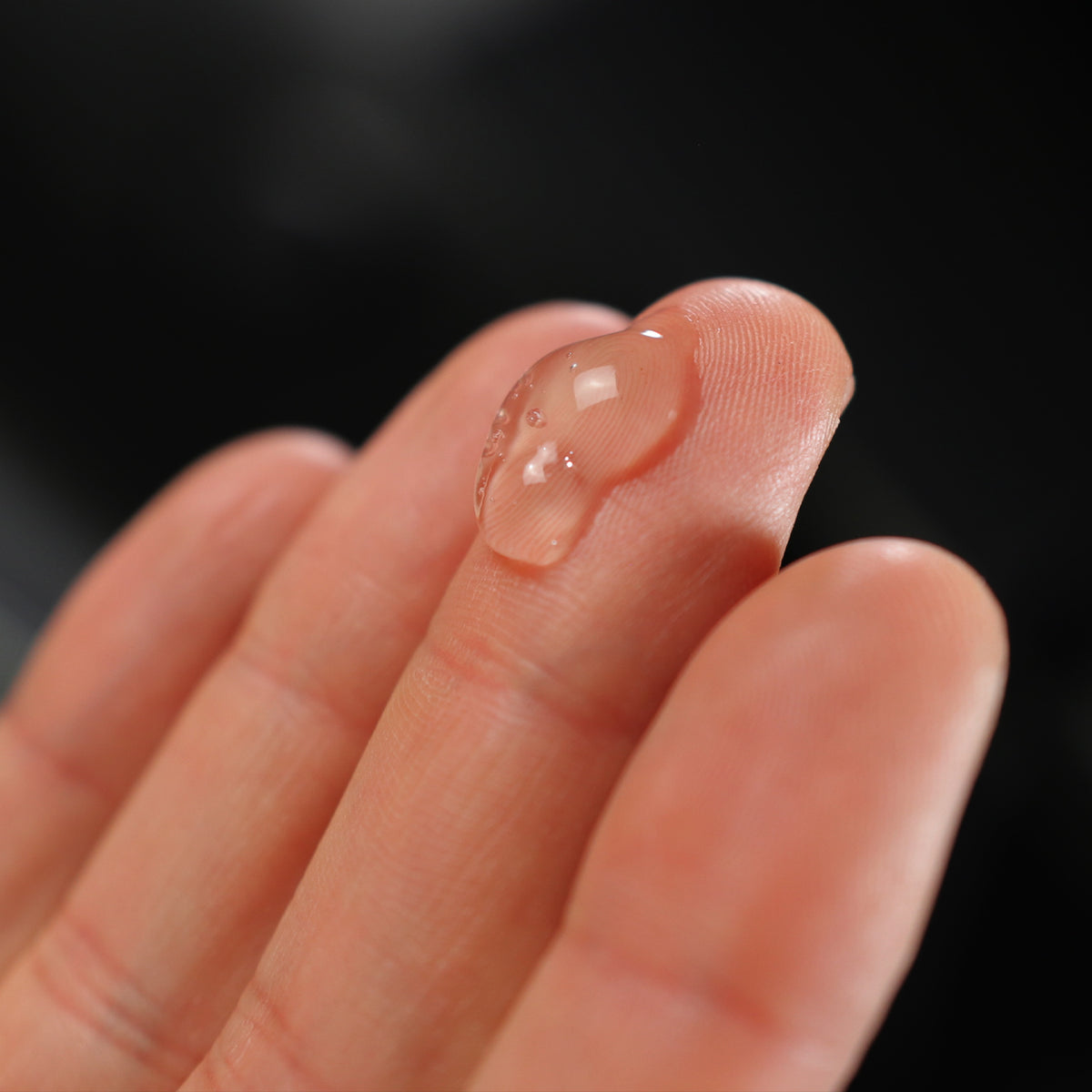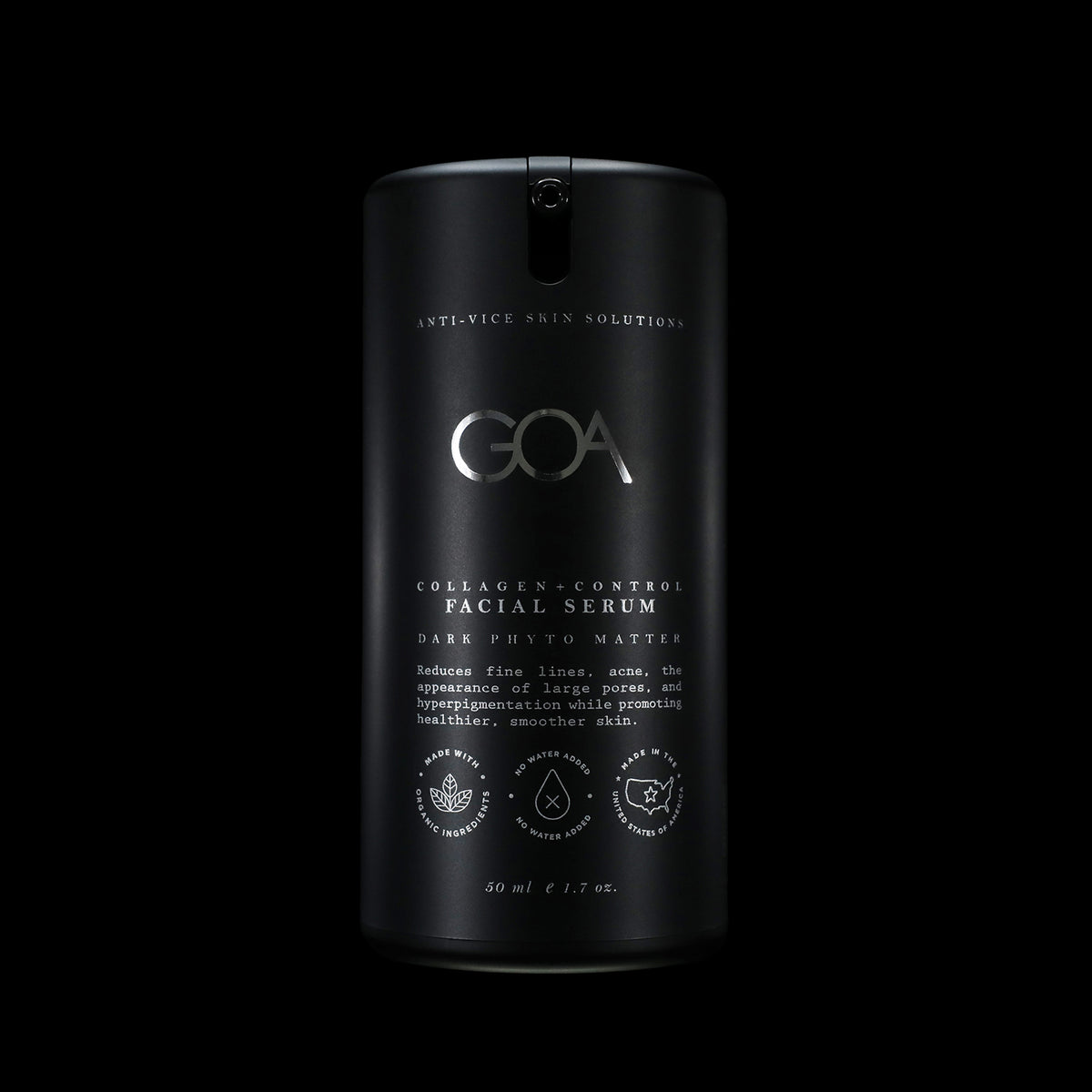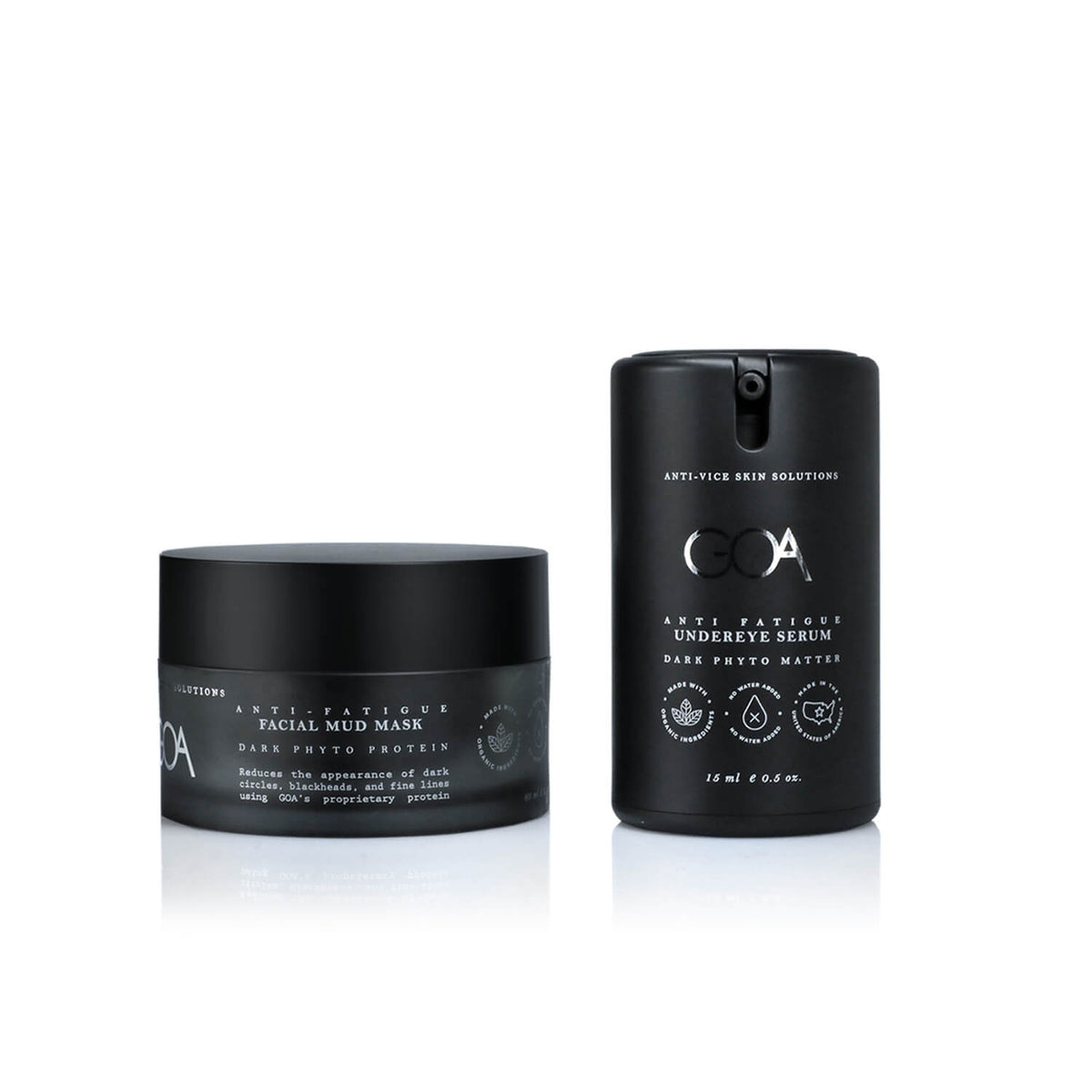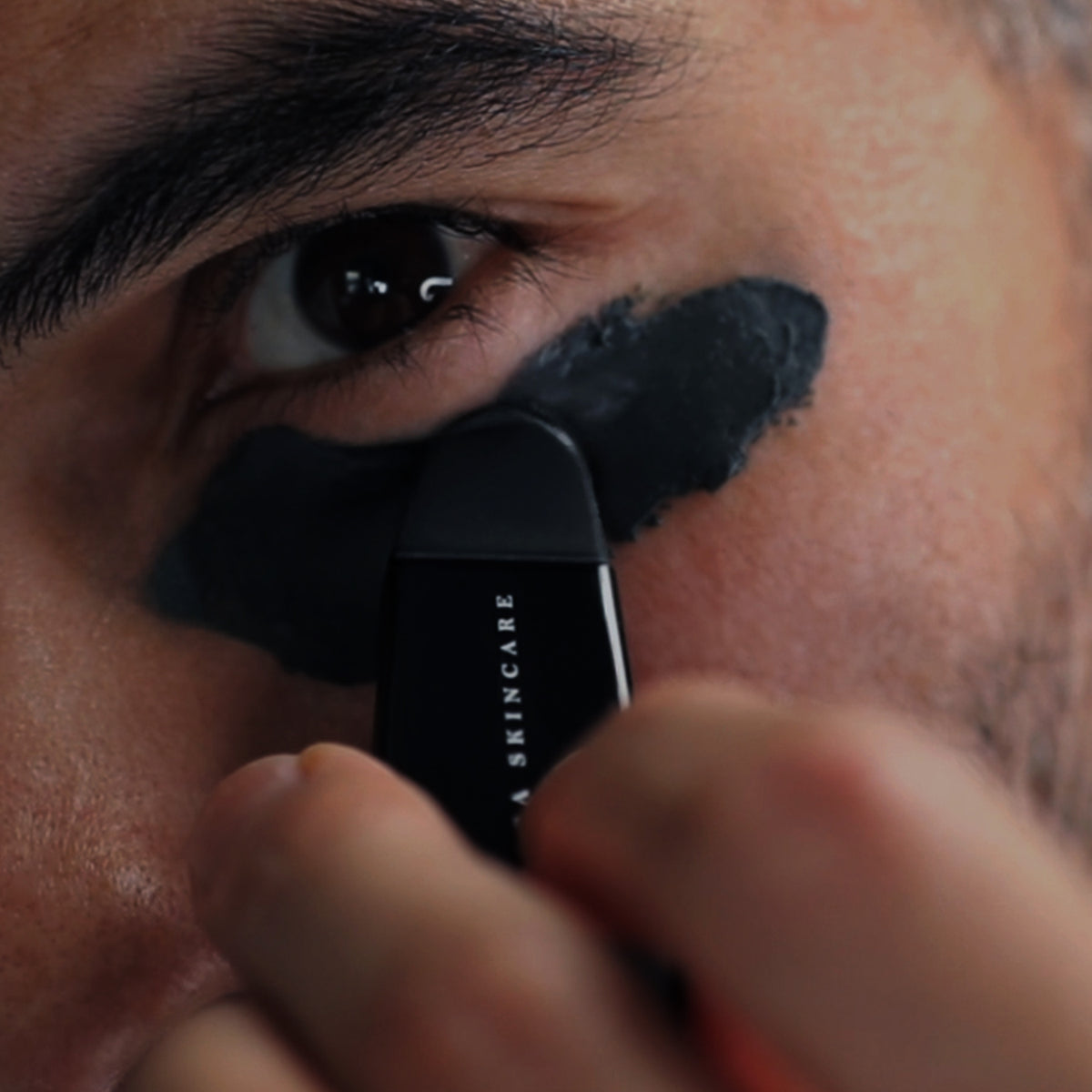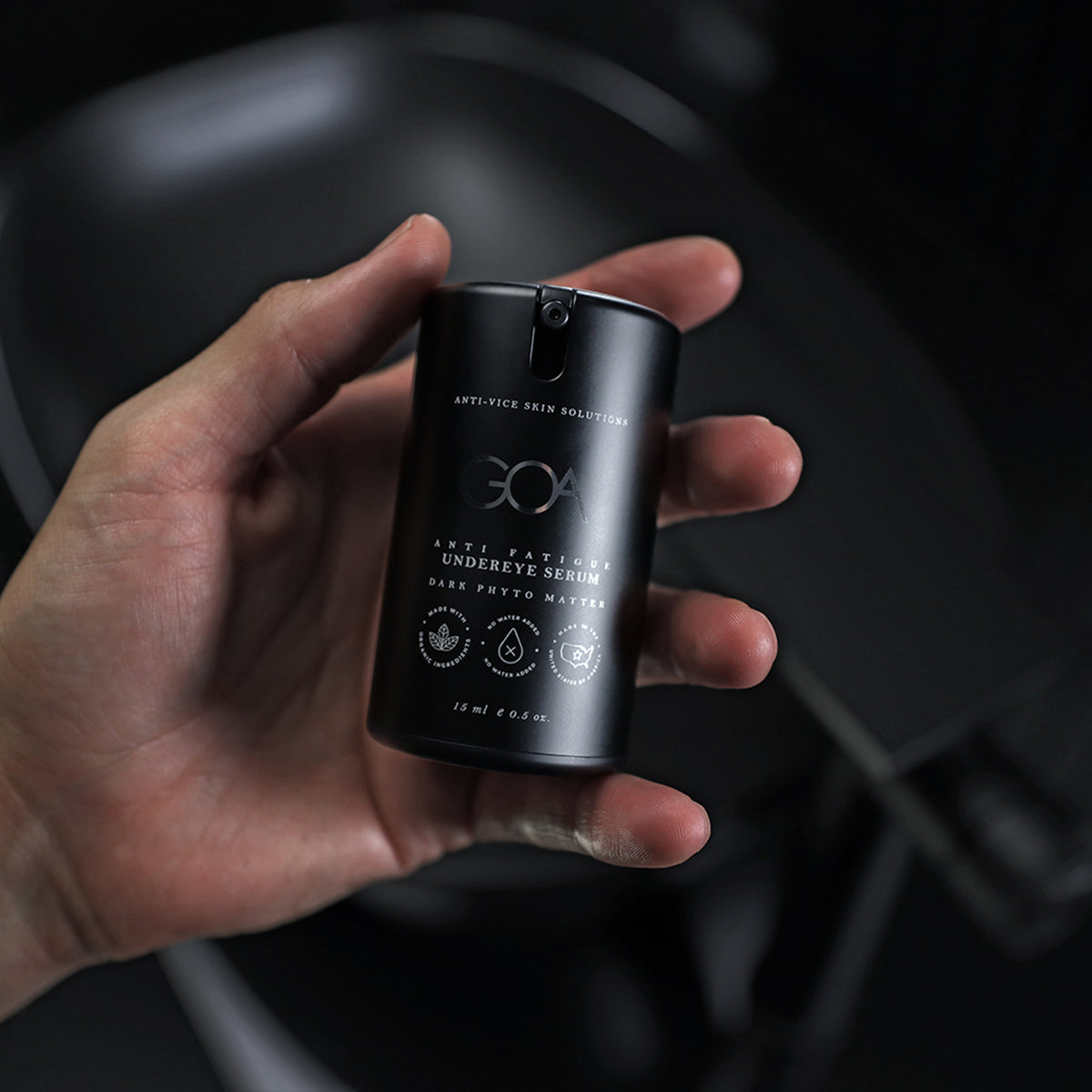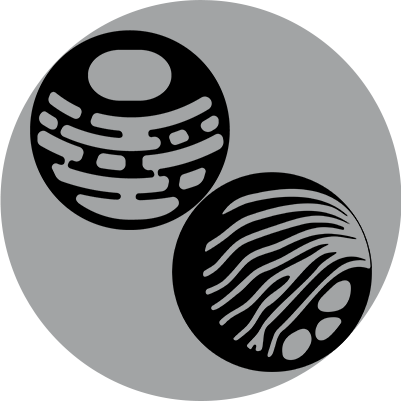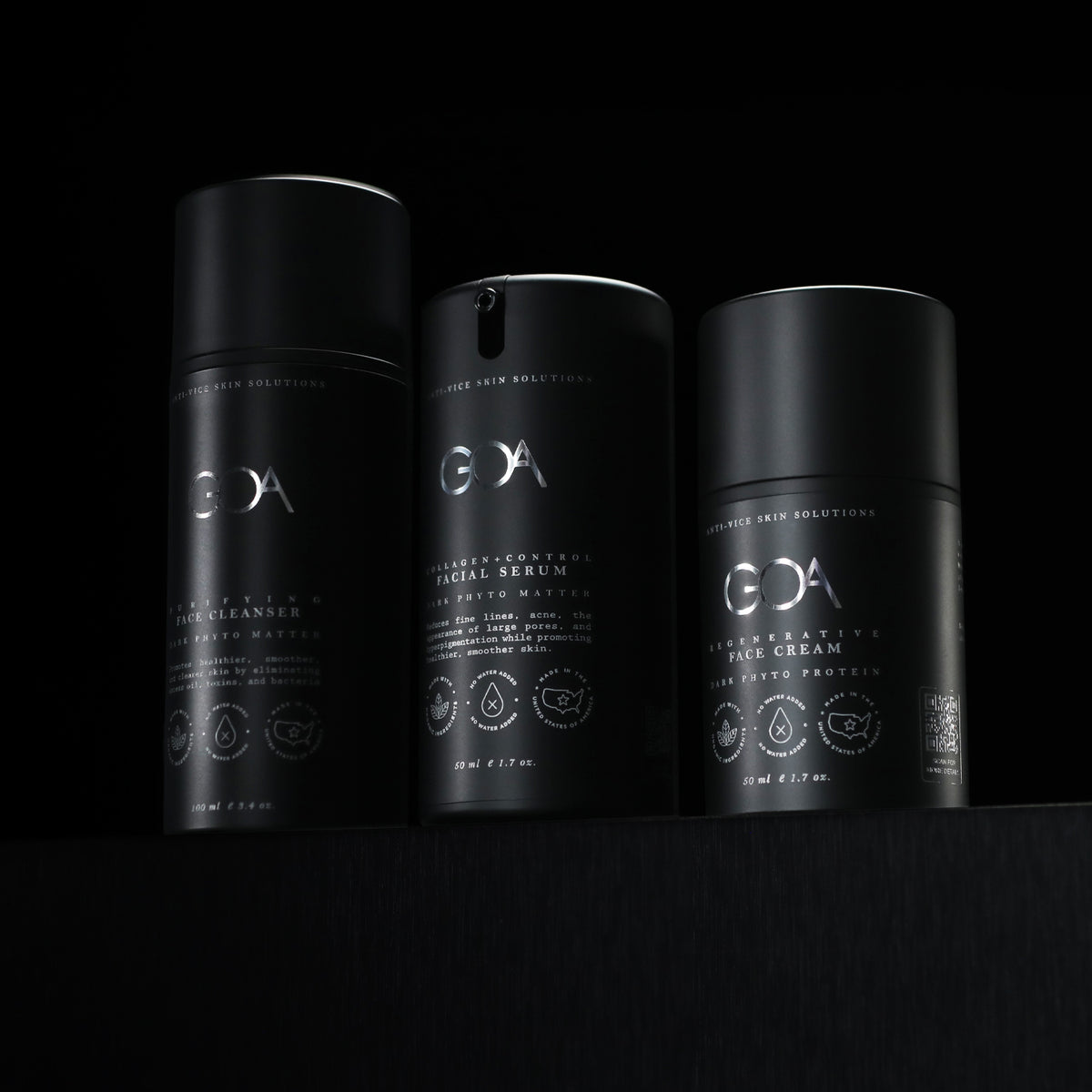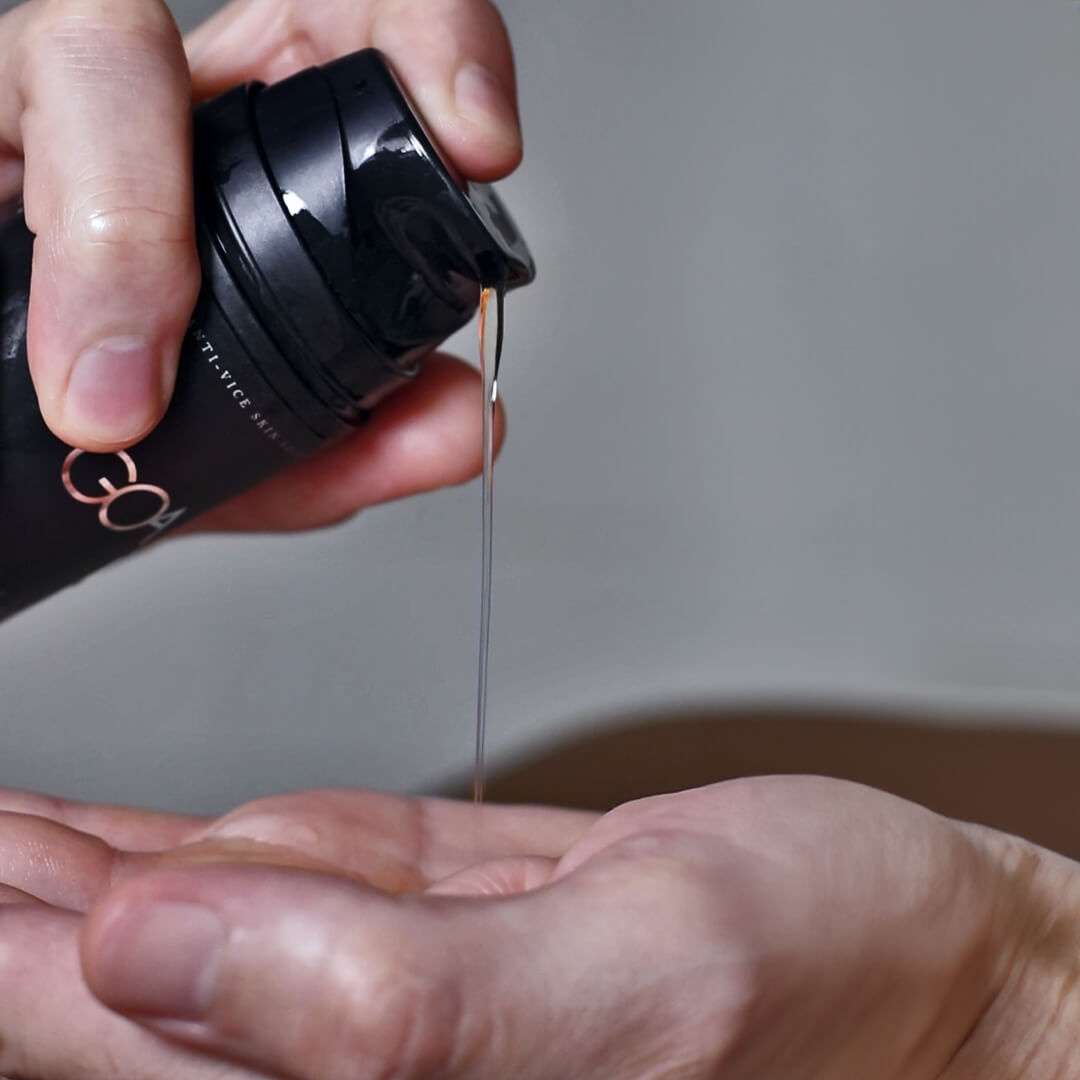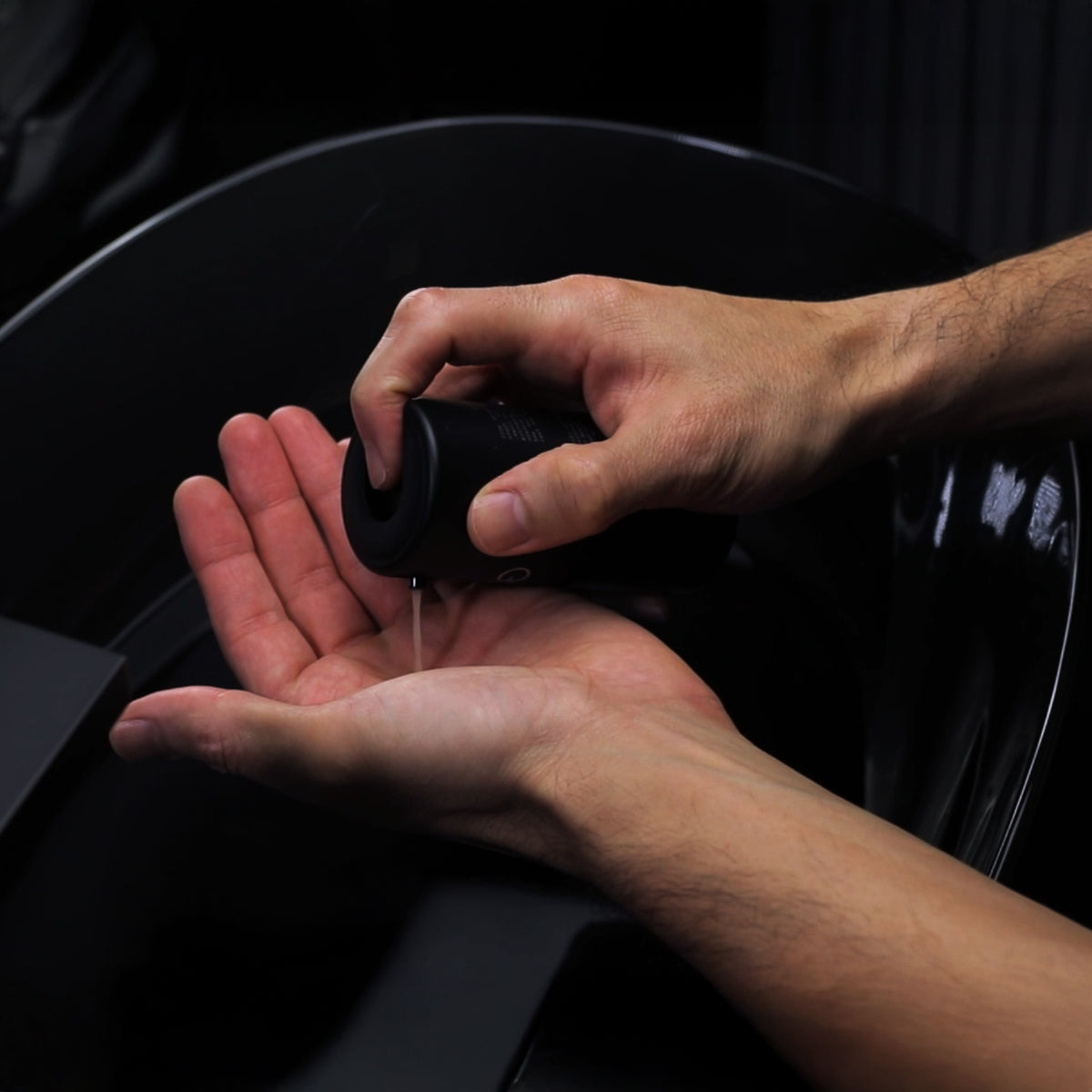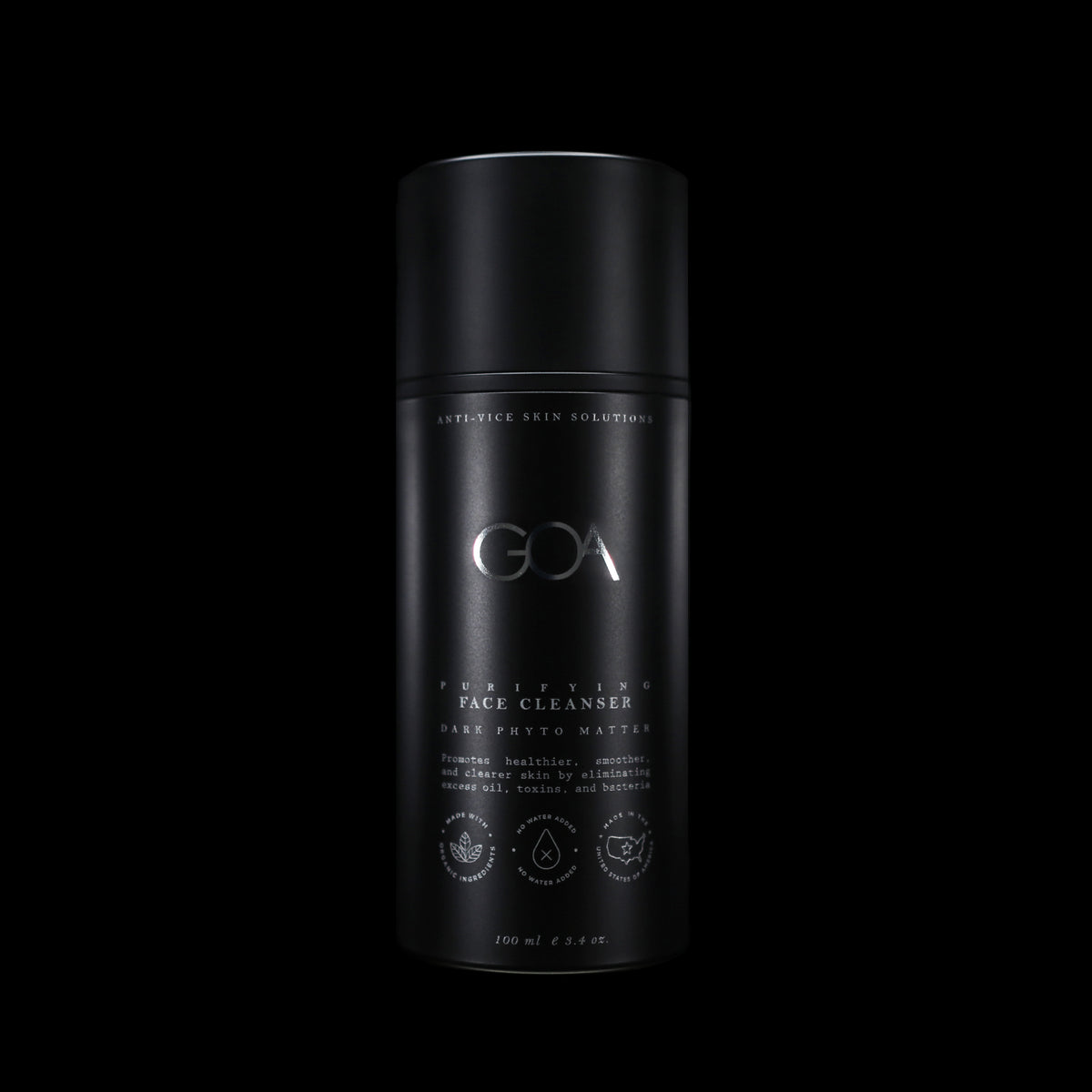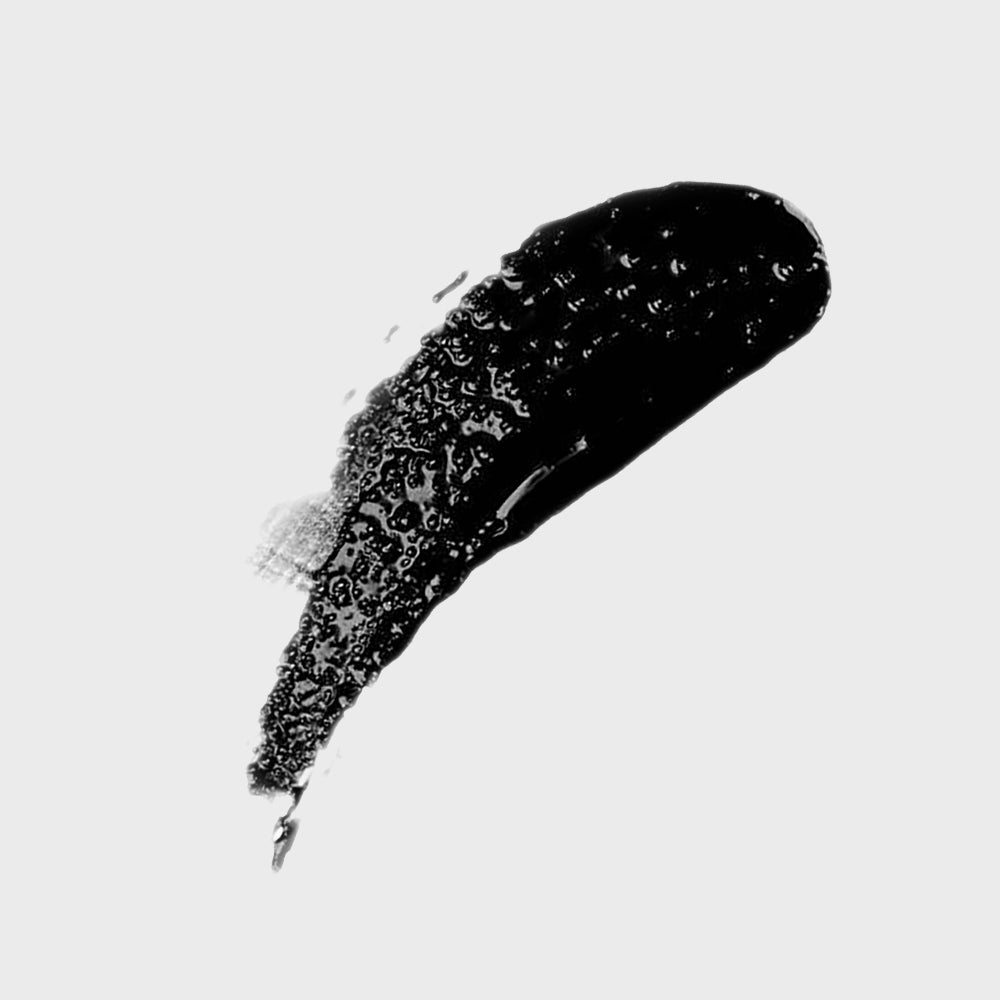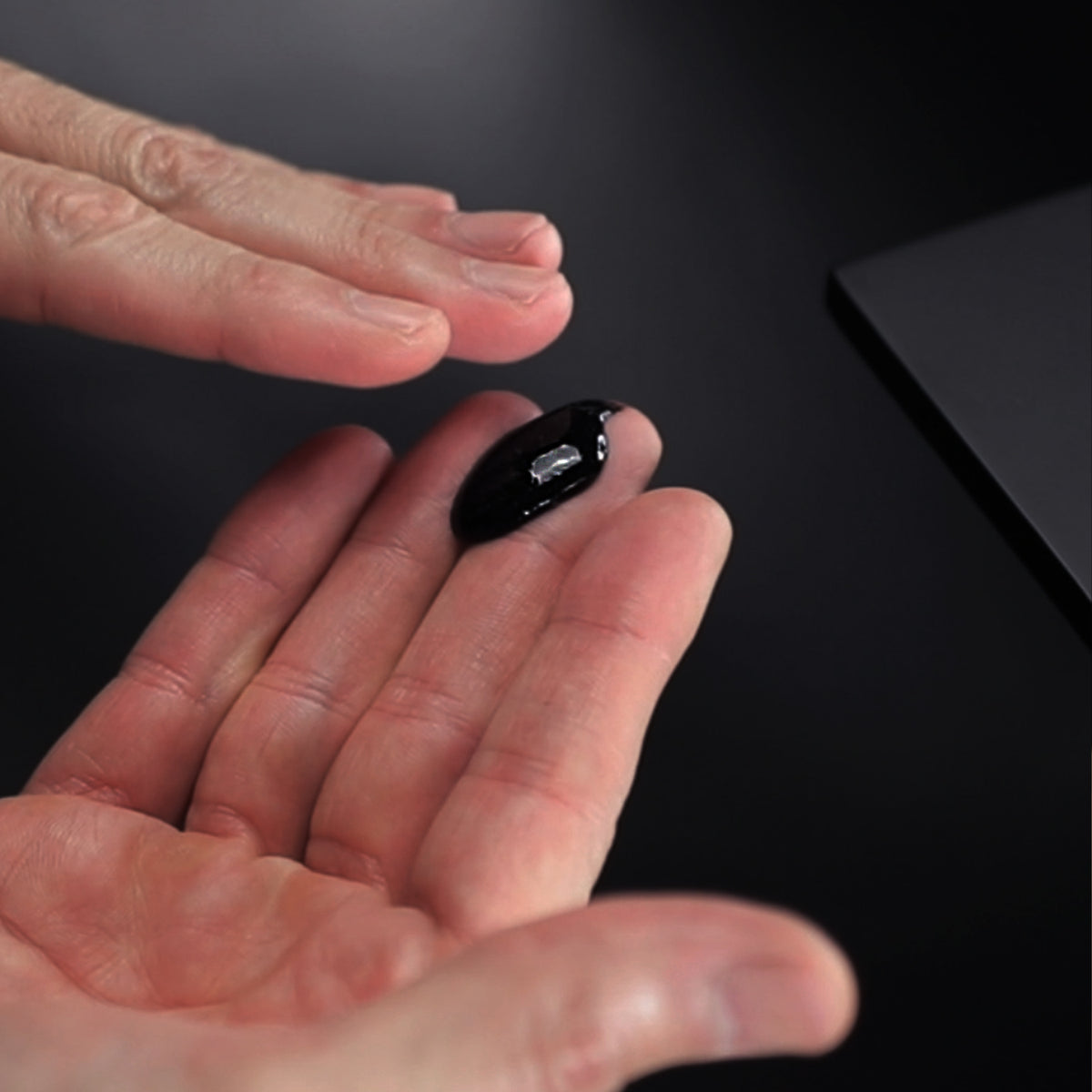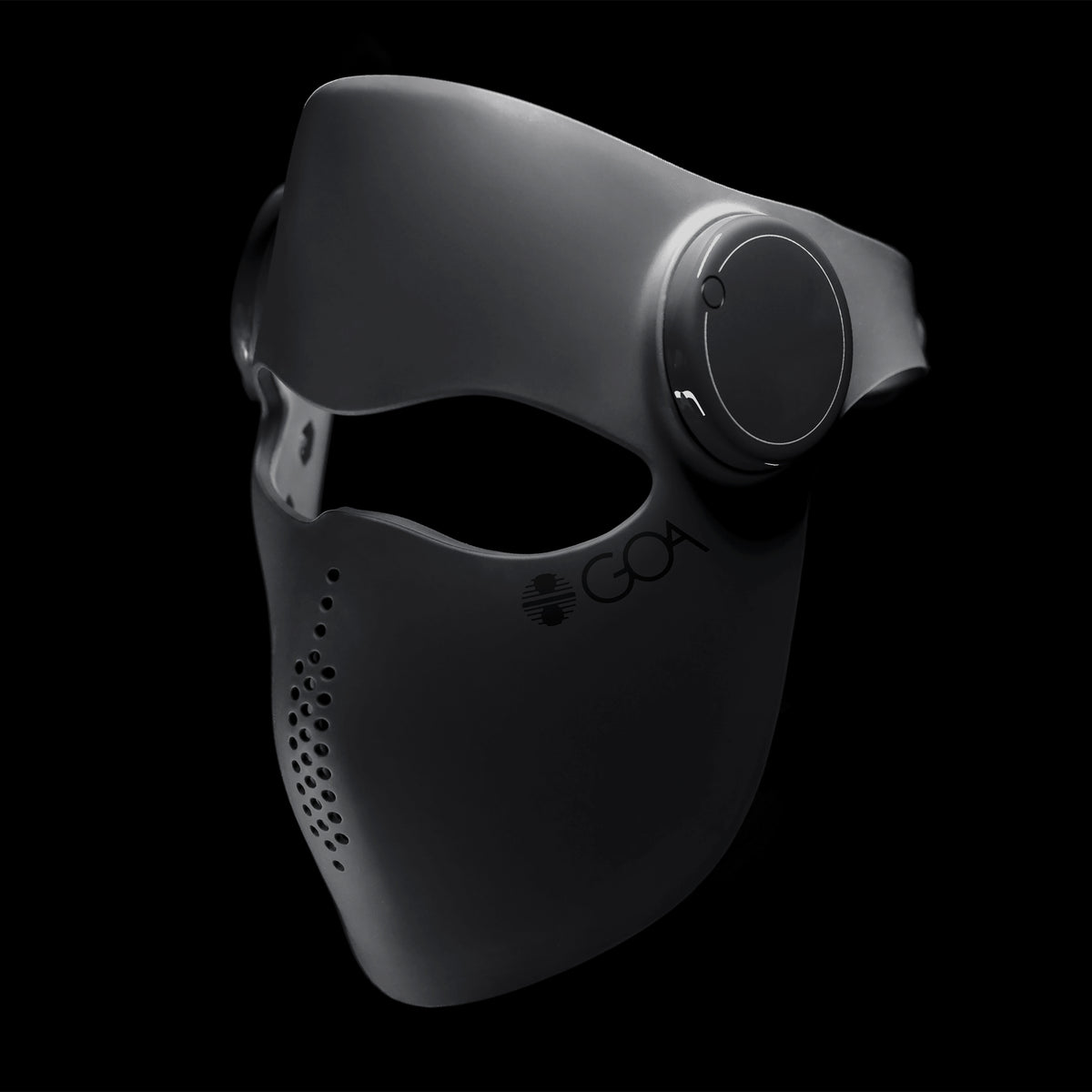Skin pores – the complex gateways into the deeper layers of your skin – are truly microcosms of physiological activity. More than just the surface features we perceive, they're intimately connected to numerous skin structures, facilitate vital processes, and are influenced by a host of factors.
Part 1: A Microscopic Metropolis: Structure and Connections
Meet the skin's dynamic duo: sebaceous and sweat pores. As they are not isolated structures, they intricately connect with other elements within the skin:
Sebaceous Pores: These glands/pores adjoin hair follicles exclusively and secrete sebum, an oily substance that moisturizes the skin and hair.
Hair Follicles: Each sebaceous pore is an opening for a hair follicle, creating a subcutaneous highway from the dermal layer to the skin's surface.
Sweat Pores: Two types of sweat glands/pores, eccrine and apocrine, open into pores to help regulate body temperature and play a role in pheromone release, respectively.
Eccrine glands, the most abundant type, are found all over the body and are especially dense on the palms, soles, and forehead.
Apocrine glands, although fewer, are located in specific areas such as the armpits and groin. They become active during puberty and their sweat has a characteristic odor due to bacterial activity.
.
Part 2: The Dynamic Nature of Pore Size
And now to the nitty gritty. Pore size is influenced by various factors and can change in response to different conditions. Understanding the physiology behind these changes provides a visual understanding of how pores can appear bigger or smaller.
Factors Affecting [visual] Pore Size:
Genetics: Some individuals naturally have larger or smaller pores due to genetic factors.
Age: Pores tend to appear larger as we age due to decreased skin elasticity and collagen.
Sun Exposure: Excessive sun exposure can damage collagen and elastin fibers, making pores appear larger.
Sebum and Oil Production: Excessive sebum and oil production can contribute to clogged pores and larger appearance.
Skin Care Routine: Proper skincare, including exfoliation and thorough cleansing, can prevent pore blockage and give the illusion of smaller pores.
Physiology of Pore Size Changes:
Constriction: When muscles around the pores contract or skin is cold, pores appear smaller.
Dilation: Relaxation of muscles or warm skin can make pores appear larger.
Clogging and Inflammation: Clogged and inflamed pores can appear larger.
Elasticity and Collagen: Loss of skin elasticity and collagen can stretch pore openings.
Extracellular Matrix Changes: Altered extracellular matrix can affect pore size.
Understanding these intricate biochemical processes underscores the complexity of our skin and the importance of maintaining pore health. These microscopic physiological and biochemical processes indeed have macroscopic implications for our overall skin health.
So, the next time you look in the mirror, remember that there's a whole fascinating world of pores beneath the surface! To support the health of your pores, consider Goa Skincare's Purifying Face Cleanser – its unique formulation is designed to help clear and purify your pores, contributing to a smoother and clearer complexion. Guaranteed!















